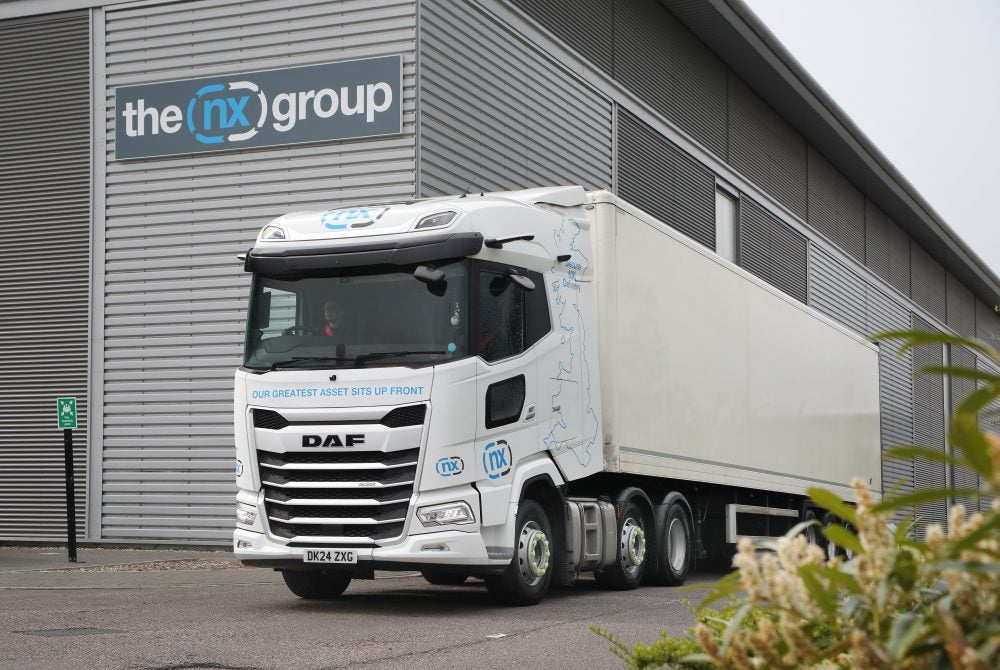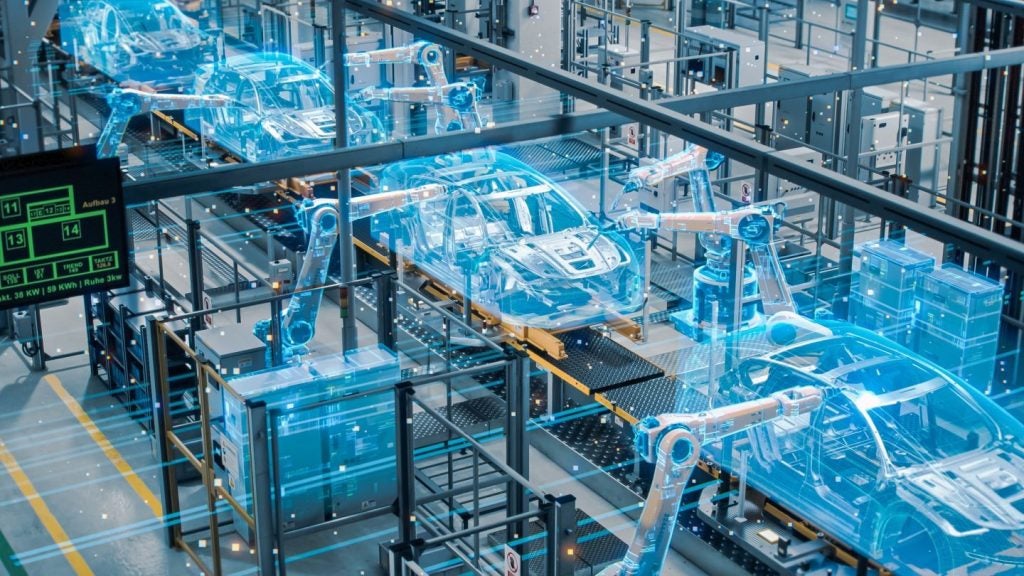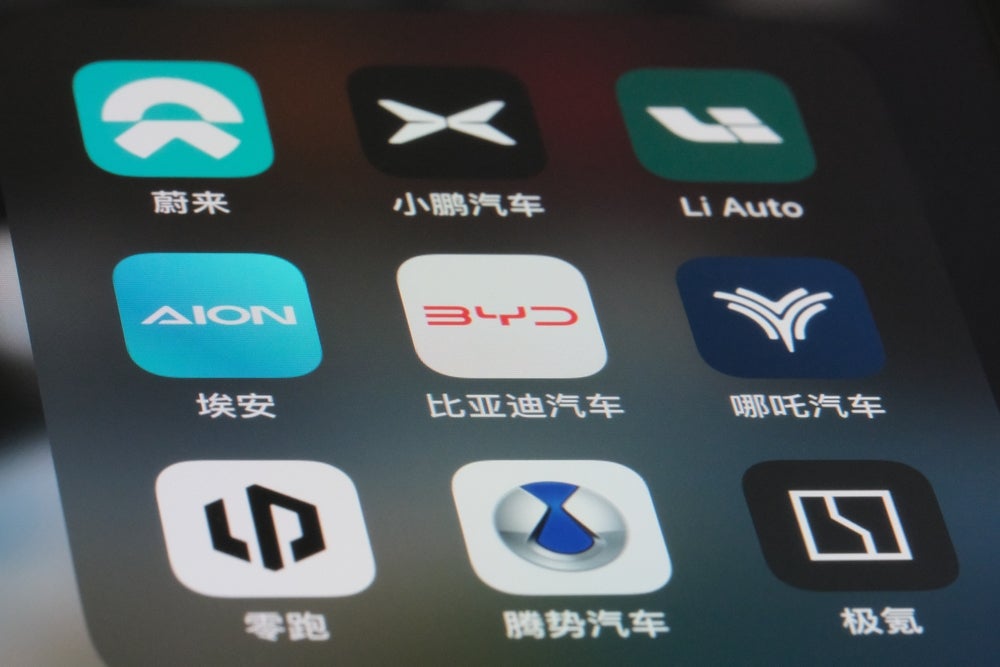PSA Group has posted a positive profit result for the first half of the year despite the heavy impact of the COVID-19 pandemic and much-reduced revenue.
PSA Group announced a 3.7% automotive division adjusted operating margin of EUR731m on EUR25.1bn revenue. The group booked EUR595m net profit and also reported EUR153m automotive positive free cash flow, excluding working capital, and “strong financial security” with EUR23.2bn in reserve.
“This 3.7% profitability level was reached despite the sharp decline of automotive markets and thanks to a positive product mix and cost reductions,” PSA said in a statement.
PSA has been working on reducing its break-even point over a long period of time, which helps to explain its relatively positive results. The company posted record profit last year and was in good shape coming into the Covid crisis.
It has also taken steps to reduce stock levels, which put it in a good position as market demand picks up in the second half of the year, especially in Europe – helped by targeted government stimulus packages in automotive markets such as France.
Physical inventories of new vehicles (both at the manufacturer and dealer level) were reduced by 24% between the end of June 2020 and the same period in 2019; PSA says the strong reduction of manufacturer inventories limited the negative impact on its working capital.

US Tariffs are shifting - will you react or anticipate?
Don’t let policy changes catch you off guard. Stay proactive with real-time data and expert analysis.
By GlobalDataThe COVID-19 pandemic has also led PSA to take measures to maintain its liquidity and financial position. For example, In April, PSA signed a new EUR3 billion syndicated revolving credit facility and in May 2020, PSA issued EUR1 billion under its European Medium-Term Notes. Share dividends were suspended.
Restrictions on movements and business operations were eased in Europe in May and operations restarted. PSA’s production sites in China restarted operations in mid-March 2020 and production sites in Europe and the rest of the world restarted operations in May. The relaunch of production at the company has been progressive and consistent with the level of market demand, the company says.
PSA says sales have recovered strongly in June (sales doubled versus May) in Europe and the level of order book is higher than the one of last year at the same period. At this point in the pandemic and in the nascent automotive sector recovery, PSA looks to be saying the right things.
In terms of the outlook further out, the business rationale behind the merger of PSA and FCA remains intact at this point. The two companies can eye considerable synergies and also efficiencies in investment strategies after the planned merger to create Stellantis in Q1 2021.
Further restructuring within the larger group is likely to follow at some point, but the priority right now is to get through the COVID-19 crisis and establish the new entity in the first phase. After a period of operation, a review of performance, operational or functional overlaps, regional manufacturing footprints in the context of overall group strategy can take place.
These results suggest that despite the crisis impacting the whole industry, PSA is in good shape for the merger with FCA.
– By Dave Leggett








